From derelict train tracks turned scenic walkways, to rooftop treasures atop train stations, sometimes the best bits of cities are the bits that don’t feel like cities at all.
Urban centers might be 24-hour hubs of activity, but often you just need some green space in the concrete jungle.
“One of the things I always like when I go traveling or go to new cities is trying to find a little place to get away from it all, a little bit of a retreat, a bit of a haven,” says Dr. Toby Musgrave, an eminent garden expert based in Denmark.
Musgrave has compiled some of his favorite gardens into a new book, “Green Escapes,” published by Phaidon: It’s an encyclopedia of green oases found in cities across the globe.
Hidden havens
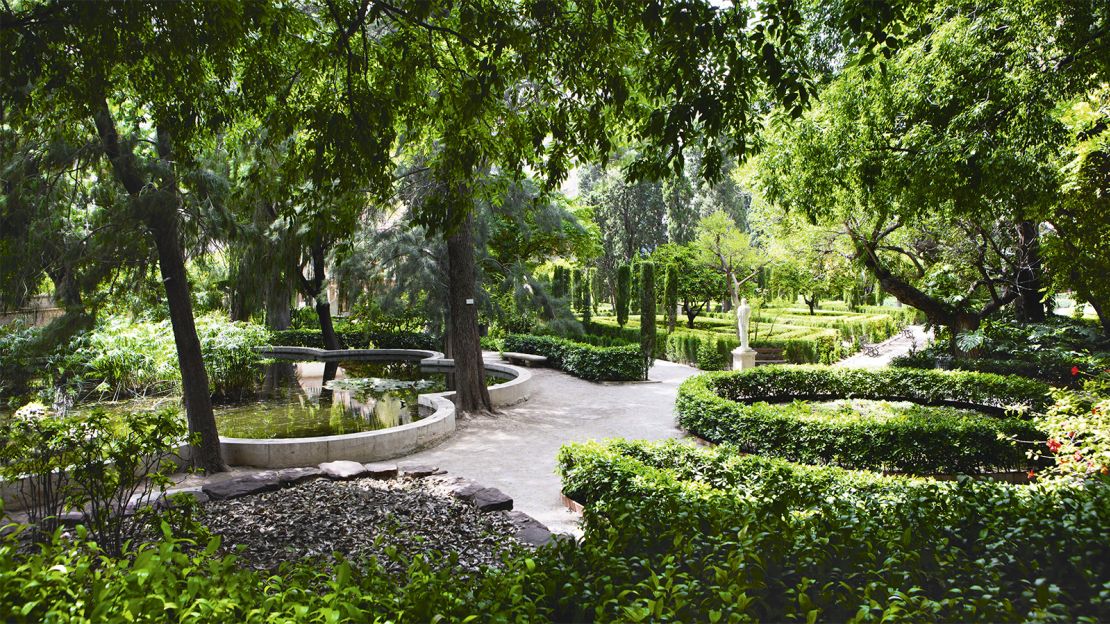
Musgrave might have written books about the world’s most famous parks and gardens, but he says there’s something about the intimacy of the secret urban garden that appeals to him.
“Just to sit somewhere quietly and reflect, and be surrounded by nature, but in a small setting, and intimate scale,” says Musgrave. “I think that’s one of the things I really like about green escapes.”
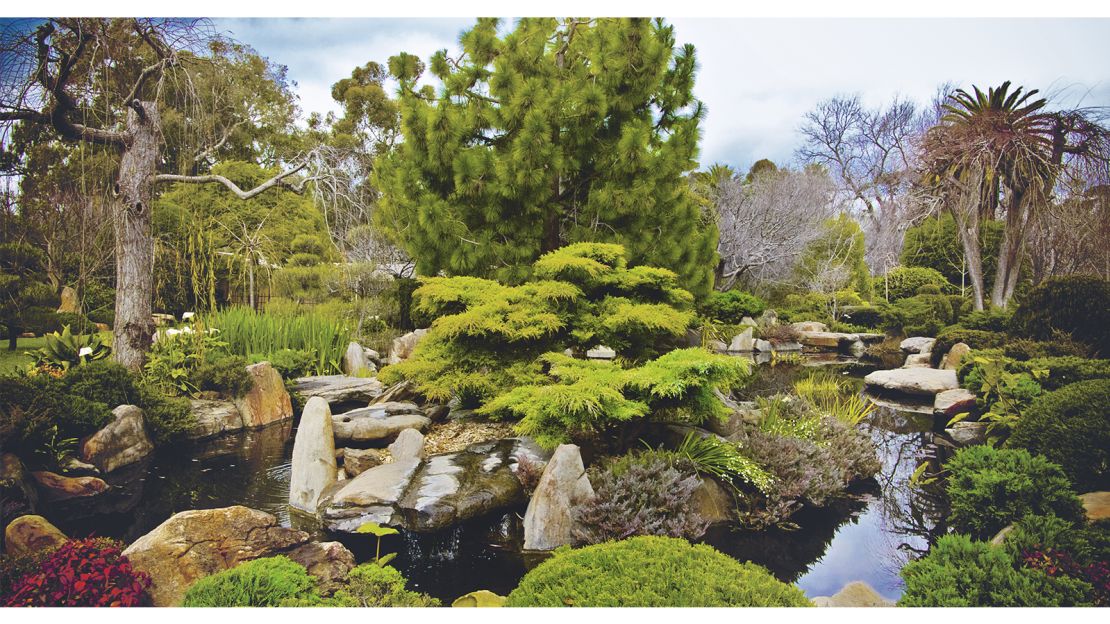
Take London’s St Dunstan-in-the-East, for example. This 10th-century church was destroyed in the Blitz and later regenerated as a public garden. Sitting in this tranquil spot, it’s hard to imagine you’re mere minutes from the city’s financial heart and skyscrapers such as the Gherkin.
It’s this juxtaposition of the urban and the natural that underlines the best urban gardens, which Musgrave says are defined by “diversity and ingenuity.”
Urban regeneration
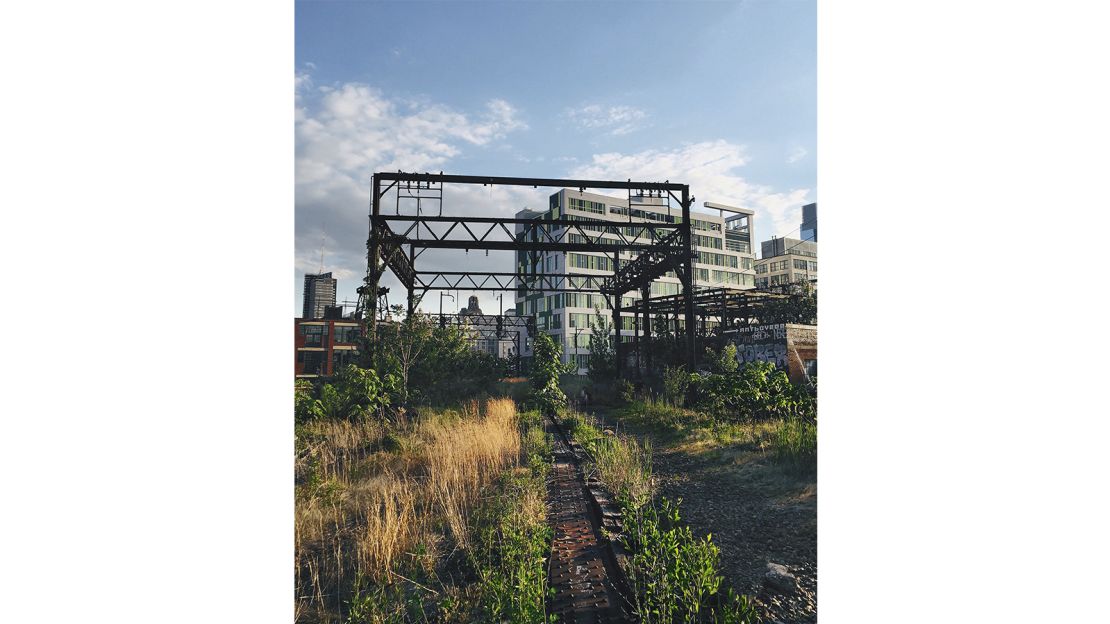
Some of Musgrave’s favorite green spaces are products of urban regeneration – when disused, dilapidated land is repurposed into public parkland.
New York’s High Line started the trend and the Rail Park in Philadelphia followed suit.
“That’s just taking old derelict train tracks and turning it into a really beautiful linear park that you can walk through,” says Musgrave. “That process I think is super encouraging.”
The writer is also excited by the urban gardening movement that’s becoming increasingly prevalent in certain cities.
“I think that’s super, super cool, because you’re producing organic, fresh crops, you’ve got no carbon footprint, it’s sustainable, you’re encouraging people to eat healthily, […] and it brings people together in a community to garden, and then as visitors you get to enjoy the space,” he says.
Personal favorites

Musgrave highlights Rome’s Parco Savello as one of his favorite urban gardens.
“That’s just a lovely space in the evening time or when the citrus trees are in blossom. It just smells gorgeous. You can go there and no one knows it; there’s this lovely view out over the Tiber.”
He also appreciates the parks with an interesting back story.
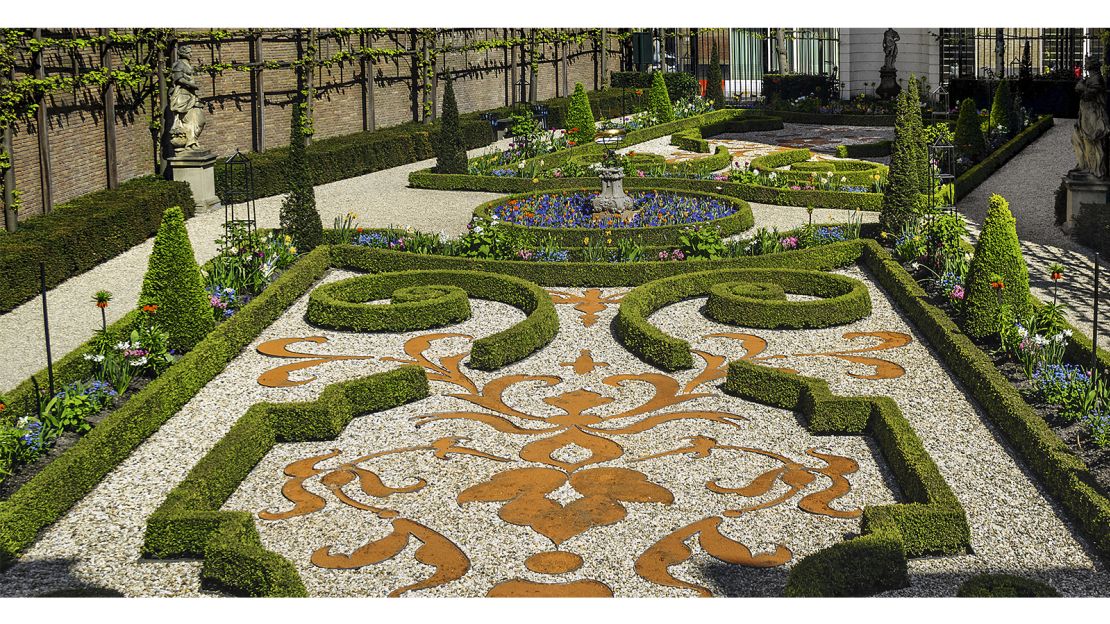
Wendy’s Secret Garden, in Sydney, is a park with a purpose:
“The lady who created it created it as sort of bereavement therapy,” explains Musgrave.
Gardens are proven to have therapeutic properties.
“Our DNA, we’re wired to respond positively to nature,” says Musgrave. “It sort of calms us down. Scientific paper after scientific paper backs that up.”
“I think one of the things that’s very soothing about going into a green escape is just the greens,” he says.
Sensory escapes
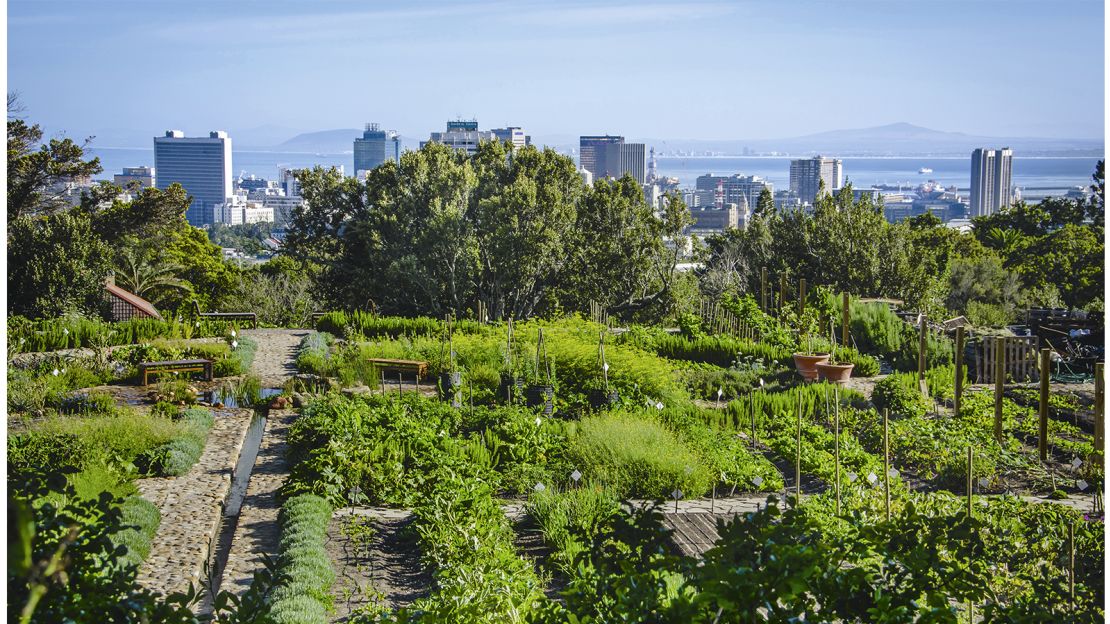
The remedial power of the green escapes lies in the way they provoke the senses.
Instead of smelling the city smell of emissions and waste, our senses are awakened to nature. Instead of hearing the traffic and sound of people, we hear flowers rustling.
“Whether you’re using your eyes and resting those on a shade of green, or smelling a lovely lily or listening to the bamboos rustle, again there’s that sensory stimulation of our various senses,” explains Musgrave.
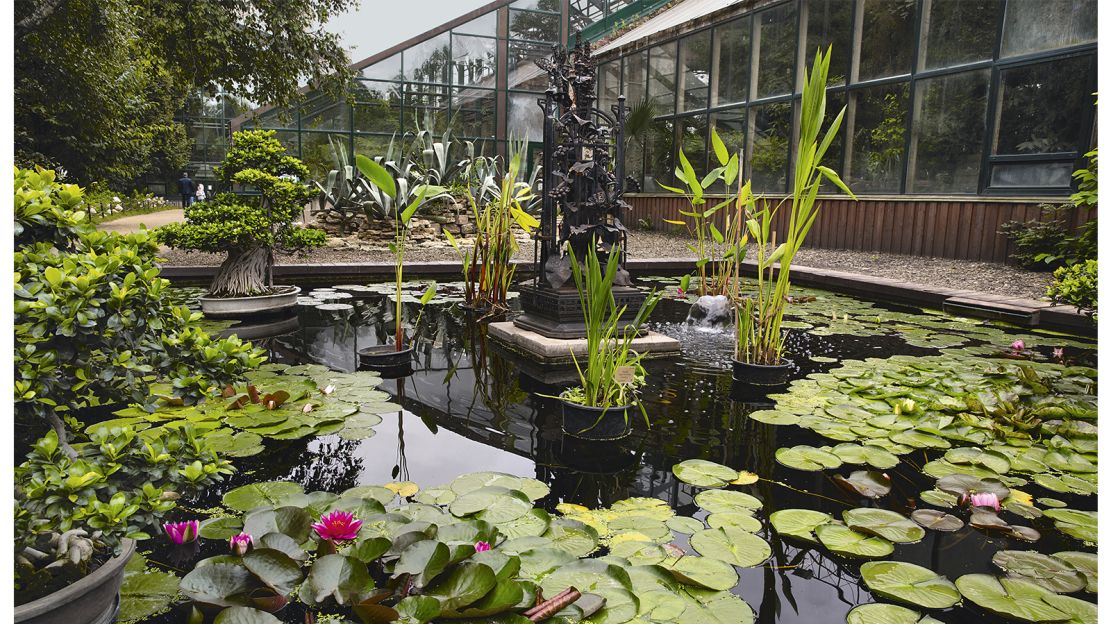
Non-organic elements can also complement a garden.
“I think that diversity of form and structure within gardens really brings an extra element to it,” says Musgrave.
The gardens in the book sometimes feature striking water features, greenhouses, sculptures and even skyscrapers.
“It’s that unity of design and that variety of design,” says Musgrave.
Urban discovery
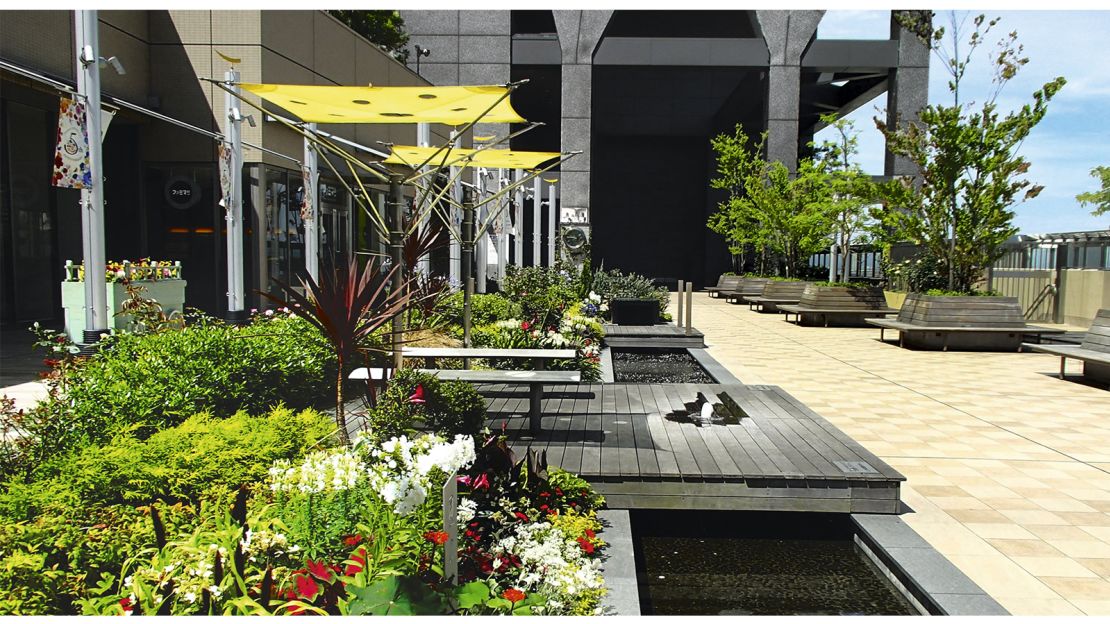
So how do you follow in Musgrave’s footsteps and find your own urban oasis?
Musgrave’s number one piece of advice is to explore your chosen city by foot.
“Just keeping your eyes open as you walk: You never quite know what you’re going to come across, and that’s kind of exciting and fun,” he says.
He also advises asking locals and even referring to Google Maps and searching for the spots of green.
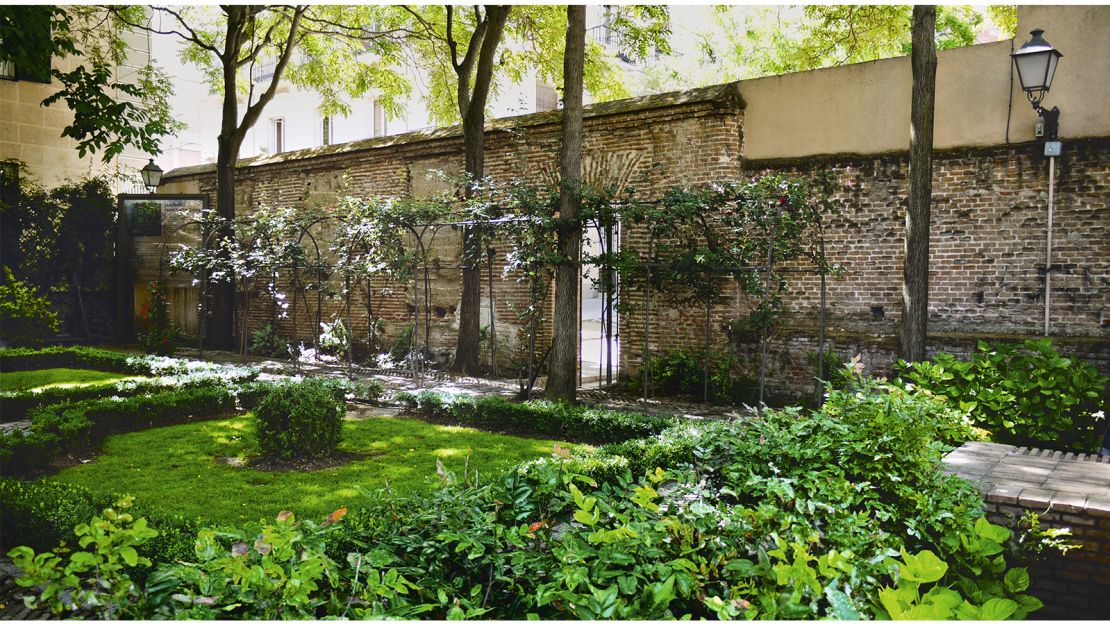
“It gives you another angle of visiting, so it’s not just about art galleries and going to the theater,” says Musgrave. “You’re setting yourself a little challenge to see if you can find something.”
Of course, the gardens might not be immediately obvious. After all, the beauty of most of these escapes is they’re somewhat secret.
“I think for me one of the charming aspects of these gardens is they’re secreted away, they’re kind of hidden. You have to go look for them, but I think that’s part of the fun of exploring the city as a tourist,” says Musgrave.













